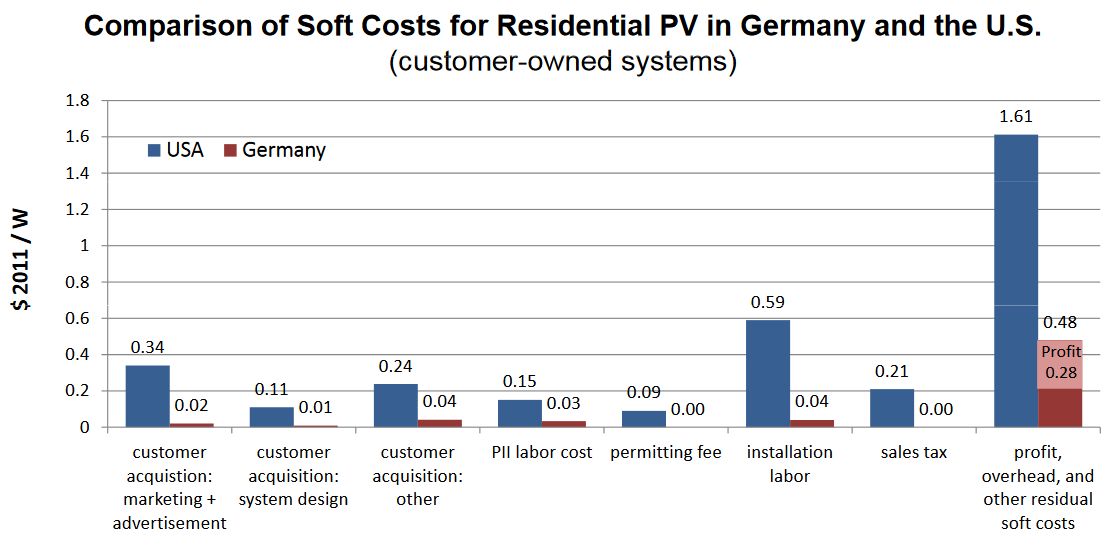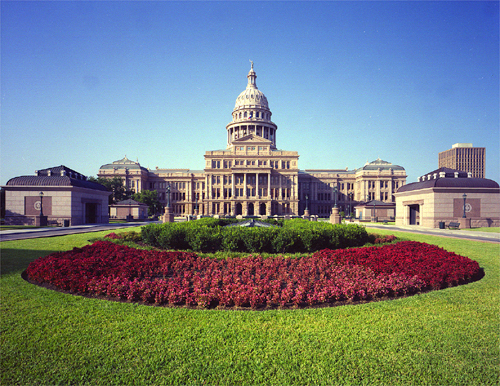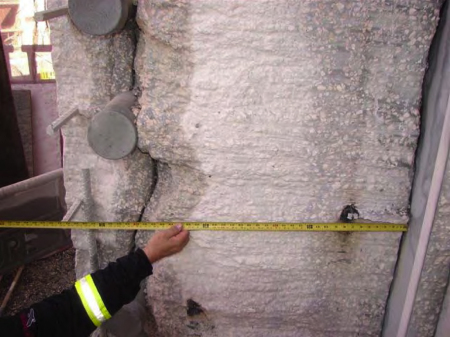Tuesday, a fire erupted in the Unit 2 main transformer that feeds power from the reactor to the public power grid of the South Texas Project Electric Generating Station near Bay City and about 85 miles southwest of Houston. The unit 2 was automatically taken offline and STP officials say unit 1 is still operational, but STP officials say they don’t know when unit 2 will be restarted.
The fire broke out at 4:42 p.m. was extinguished within 15 minutes, but the plant had to declare that an “unusual event” had taken place and notified county, state and federal officials. Managers declared the event over at 7:47 p.m. No injuries were reported and STP is claiming that the incident poses no hazard to the public or to plant workers.
The two 1,350-megawatt generators, owned by NRG Energy, CPS Energy and Austin Energy, serve 2 million users. each reactor at the plant produces 1,280 megawatts of electricity. One megawatt is enough to power 500 homes during mild winter conditions, but if your remember the Texas rolling blackouts during a severe winter event in February of 2011 you might also remember that the electricity shortage during that unusual high demand time was due to unexpected plant outages. Let’s hope we don’t have one of those before unit 2 comes back online.
Interestingly enough, this incident happened just before the Nuclear Regulatory Commission begins seeking public comment on a draft supplemental environmental impact statement for the proposed renewal of the South Texas Project nuclear power plant’s operating licenses for an additional 20 years.
NRC staff will hold two public meetings in Bay City, Texas, on Jan. 15, 2013 to present the findings of the draft report and accept public comments. The meetings will be held at the Bay City Civic Center, 201 Seventh St., from 2-5 p.m. and 7-10 p.m. NRC staff members will be available for one hour prior to each session to meet informally with members of the public.
The South Texas Project nuclear plant has two pressurized-water reactors. The plant operator, STP Nuclear Operating Co., submitted its license renewal application on Oct. 25, 2010. The current operating licenses expire Aug. 20, 2027, for Unit 1 and Dec. 15, 2028, for Unit 2. The original license was issued based on the expected life of the plant. Most of our aging nuclear power fleet is nearing the end of their life expectancy and since most energy companies have not been successful in securing funding for building new plants, the strategy is to just extend the life of the current facilities by renewing their licenses.
The draft supplemental environmental impact statement contains the NRC staff’s analysis of potential impacts specific to the South Texas Project site. In preparing the report, the staff held a public meeting in Bay City on March 2, 2011, as part of the public “scoping” process for the report. The staff also conducted site audits at the plant in May and July 2011 and consulted with other agencies while analyzing the applicant’s environmental report submitted with the application.
The draft NRC report does not discuss potential environmental impacts of extended storage of spent nuclear fuel after the plant eventually ceases operation. That issue will be addressed in the NRC’s waste confidence environmental impact statement and rule, expected by September 2014. In August 2012, the Commission decided that the agency will not issue final licensing decisions for reactors, including license renewal, until the waste confidence rule is completed. If at that time, site-specific issues relating to spent fuel storage at South Texas Project remain unresolved, they will be addressed separately.
Public comments on the draft environmental impact statement for the South Texas Project license renewal will be accepted through Feb. 22, 2013. They may be submitted online via the federal government’s rulemaking website at www.regulations.gov using Docket ID NRC-2010-0375. They may also be mailed to Cindy Bladey, Chief, Rules, Announcements and Directives Branch (RADB), Division of Administrative Services, Office of Administration, Mail Stop: TWB-05-B01M, U.S. Nuclear Regulatory Commission, Washington, D.C., 20555-0001. Comments may also be faxed to 301-492-3446.
The South Texas Project draft supplemental environmental impact statement is available for public inspection in the NRC Public Document Room at NRC headquarters, 11555 Rockville Pike, Rockville, Md. Copies will also be available at the Bay City Public Library, 1100 7th St., Bay City, Texas.
Read Full Post »
 This is why the U.S. Department of Energy is enticing communities around the nation to focus their efforts on burning through the red tape that drives project costs up. $10 million in cash awards go to the teams that install the most PV systems in American homes. How these teams will do it is completely up to them. If they are clever enough, maybe they will get through to city and state officials where environmental organizations could not.
This is why the U.S. Department of Energy is enticing communities around the nation to focus their efforts on burning through the red tape that drives project costs up. $10 million in cash awards go to the teams that install the most PV systems in American homes. How these teams will do it is completely up to them. If they are clever enough, maybe they will get through to city and state officials where environmental organizations could not.





